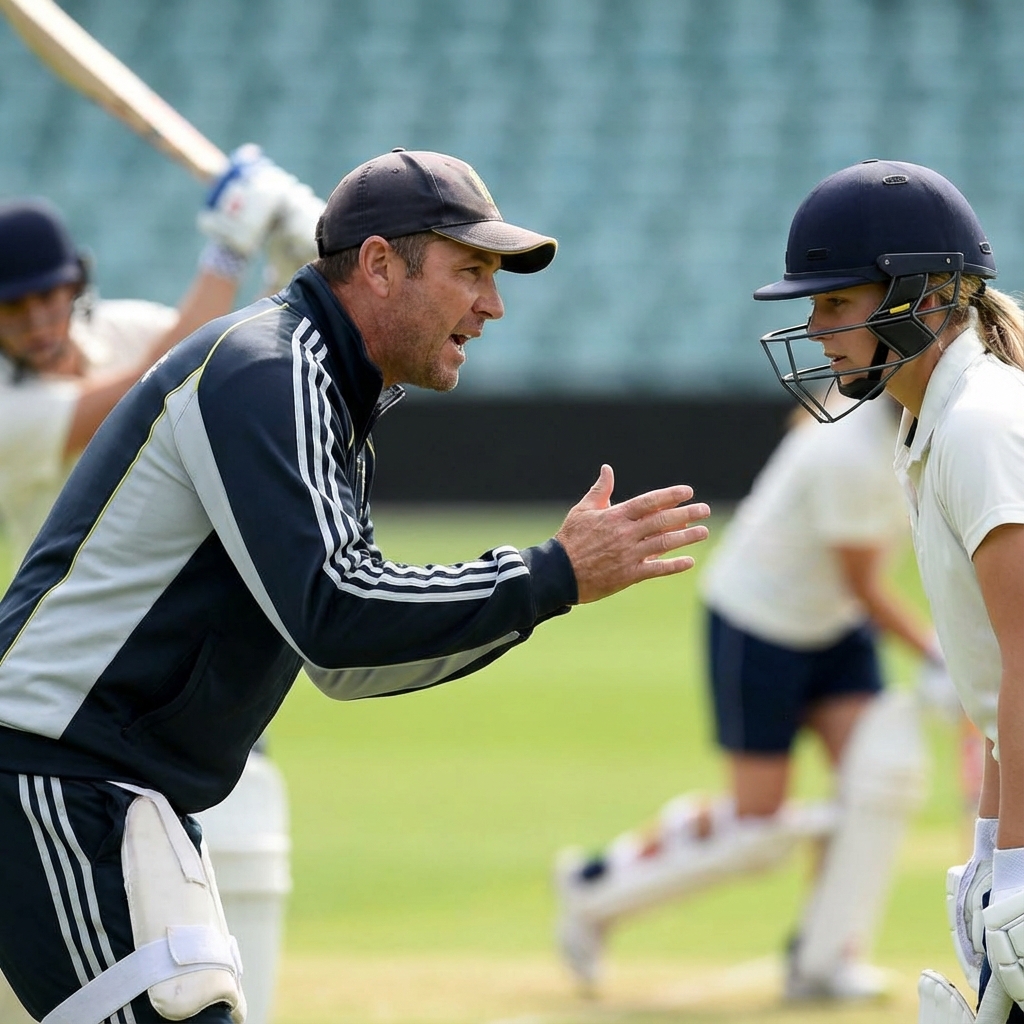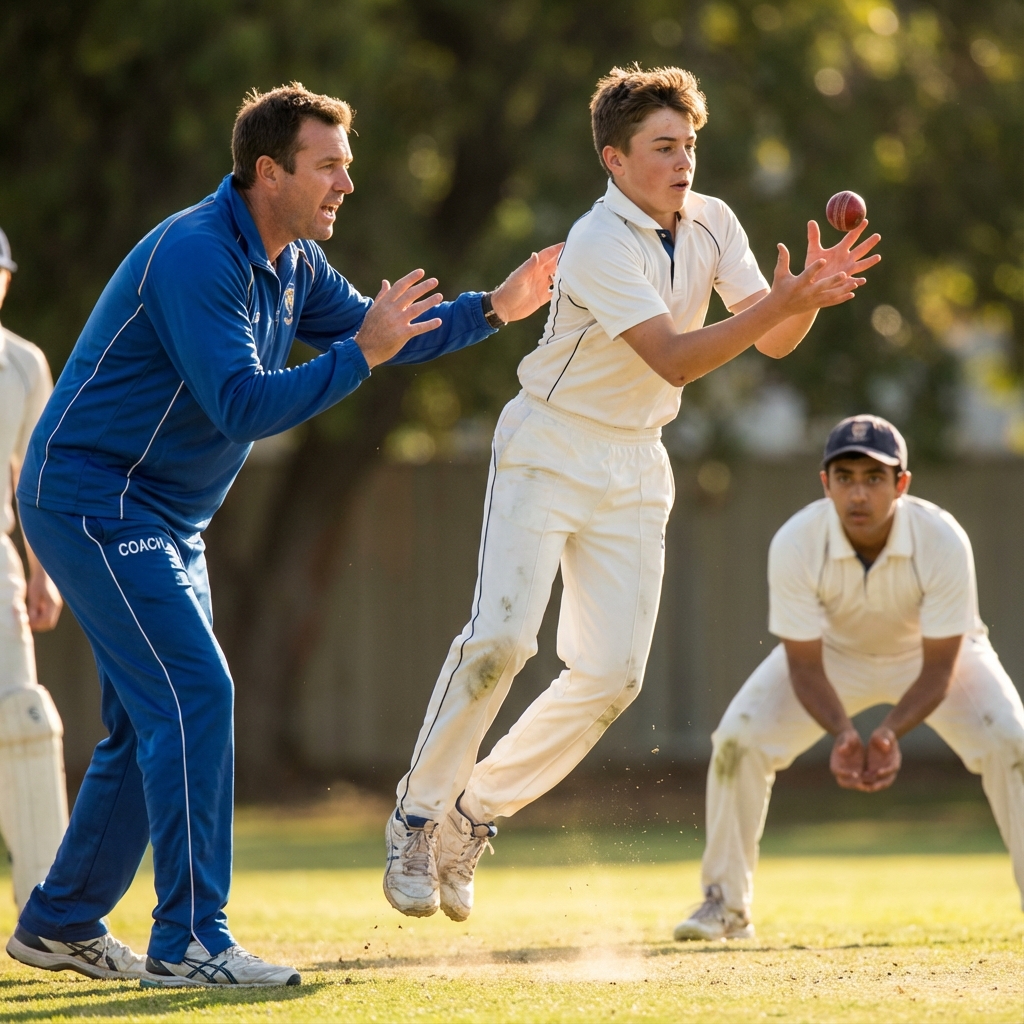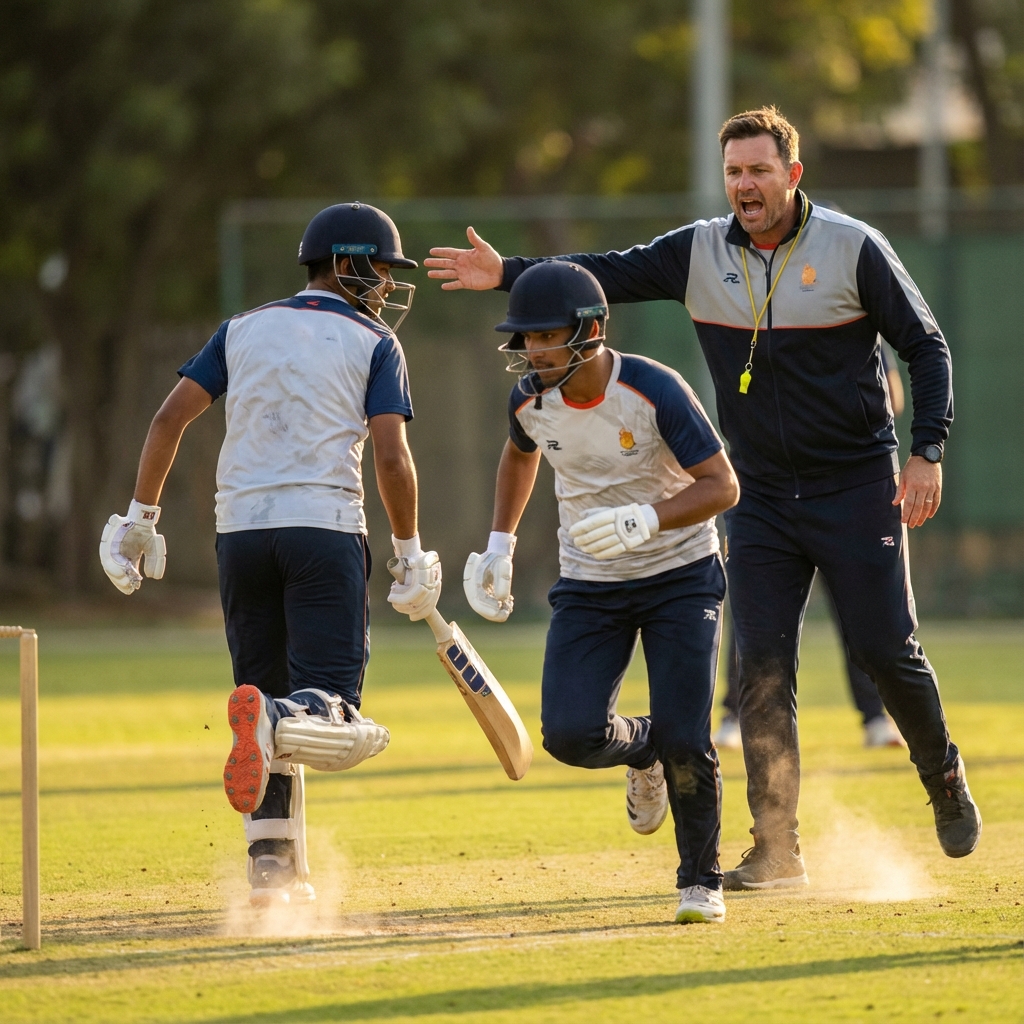The key to a good out-fielding side is that they attack the ball (meet the ball rather than wait for it to come to them). By being positive and alert, players can get to the ball quicker, planting doubt into the batsman's mind by reducing the space that they can openly hit the ball into.
Your players should be used to getting their body behind the ball, so that even on the bumpiest of pitches they're able to pick it up quickly and send it back towards the wickets. However, using the long barrier in training is different to in a match when the stakes are raised.
It's for that reason that this plan uses conditioned games to test how your players use the ground fielding techniques they know in a pressurised situation - ensuring your players keep their eyes on the ball right until the moment it's in their hands.
After using this session you would hope to see your team play more comfortably in their next game, focusing better on the incoming ball and stopping it in its tracks.

Game-based training and match simulation prepare players for real competition more effectively than isolated drills. Modern coaching integrates pressure scenarios, decision-making, and competitive situations into every training session.

Catches win matches remains cricket's truest saying. From high balls under lights to sharp slip catches, the ability to hold chances consistently separates winning teams from those that let matches slip away.

Elite running between wickets adds significant runs without risk. Quick singles, converted twos, and intelligent strike rotation separate the best batting partnerships from average ones across all formats.